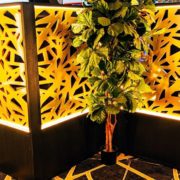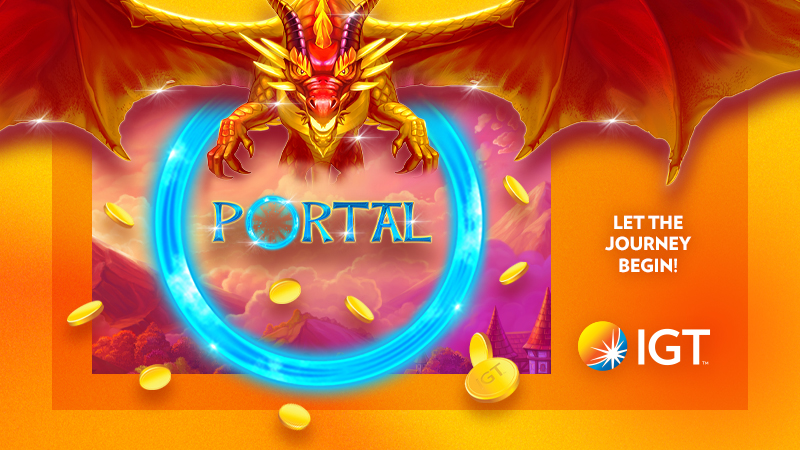TECHNOLOGY IS CHANGING THE WAY WE EAT & HOW RESTAURANTS ARE RUN
There are just over 24 million Australians and they eat out an average of two to three times a week. That’s more than 50 million meals out each week or 2.5 billion in a year. Each Australian household spends an average of $94 a week eating out, or collectively $45 billion a year. Eating out is big business, in fact, it is one of the largest industries in Australia. By way of comparison, it is more valuable than Australia’s coal exports.
Technology is providing a host of new options for the industry making it more streamlined, efficient and simple for customers to purchase the food they want, when they want it, and in the different ways they want to consume it.
With increasingly fast-paced lifestyles and a reliance on digital technology, there’s a greater demand for simple and easy services that can provide customers with what they need in an instant.
Even though phone calls are still the most popular form of bookings, online reservation programs like Open Table and Dimmi are growing and people are increasingly booking online and they often rely on online recommendations before they book.
Pre-order apps are helping to boost sales through convenience and upsell. It’s been shown that customers spend up to 20% more when they can just tap, add and pay. They can browse the menu a little longer, add extras they might not have considered when ordering under pressure and as the apps are usually linked to a personal credit card – or potentially, also to a venue’s loyalty program which would give the customer the choice to pre-order and pay by points – there is little thought about the transaction itself.
Integrated ordering systems such as table touch screens and ordering kiosks give customers the flexibility to order and reorder, to pay by credit card or again to connect with their loyalty account and pay by points. That frees up staff from order taking, allowing time to provide an enhanced customer experience and eliminating line-ups.
More people are eating restaurant meals at home or at their work desk via services such as UberEats and Deliveroo. The rise of online ordering is not just changing how we dine, but how restaurants operate. They are adjusting their opening hours, creating delivery-only menus and opening pop-up stores, while shifting their marketing online and to social media
From added food preparation lines to reconfigurations that expand space for people to stand and wait for takeout orders, joining the digital revolution is requiring restaurants to make physical changes in their kitchens and dining areas. And industry watchers say it’s only the beginning.
“It’s proliferating widely right now, especially with quick-service and casual dining,” said Doug Roth, founder of the restaurant consulting firm Playground Hospitality.
Some changes are as small as adding a shelf to stash mobile orders awaiting pickup. But the changes can be much bigger, all the way up to creating a separate kitchen altogether to handle all the new mobile orders from those who prefer eating restaurant-prepared meals at home.
In a country where one-quarter of homes are single-person households, and 40 per cent of people say they always or often feel pressed for time, convenient meals are big business. As one report put it, take away food sales in Australia “are going bonkers”. Figures from National Australia Bank show that in the year to June 2016, take away food sales rose 56.1 per cent to account for 5.8 per cent of Australia’s total online spending.

But it’s not just the traditional takeaway as we know it. Labelled “Fast-casual” – consumers want fast-food options but not junk food. They want the same restaurant quality food, just faster and cheaper.
When you look at the revenue break down of the industry, there is plenty of opportunity for clubs and pubs to enter that take out market. I know venues would prefer people come and dine-in and potentially move across to other areas like gaming and bars – but that’s from the venue’s viewpoint.
Clubs and pubs need to think more from the customer’s viewpoint and integrate into their lifestyle wants and needs. A pre-order app that can allow them to collect the family meal from your venue on the way home from work would be a huge bonus to many members. By you not having that service it does not mean they will change their habits, they will just go to another take-out option.
F&B can be still used as a traffic driver, even without the dine-in experience. Take-out options, as well as other technology innovations, are just other ways to engage with your customers and create loyalty and repeat business. They don’t necessarily need to replace your existing business but compliment them as additional services.
Sources: Eating Out In Australia 2017 Report (Intermedia Group), Chicago Tribune, Future Foods)












